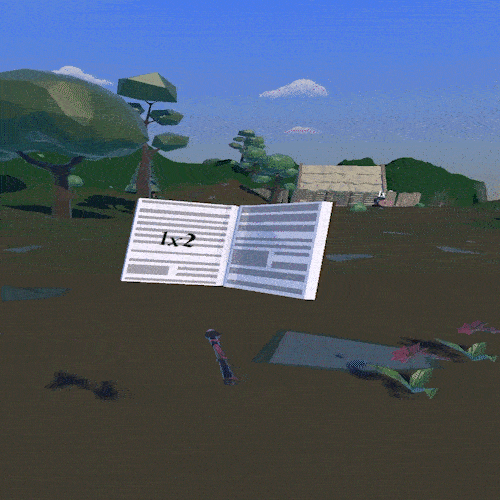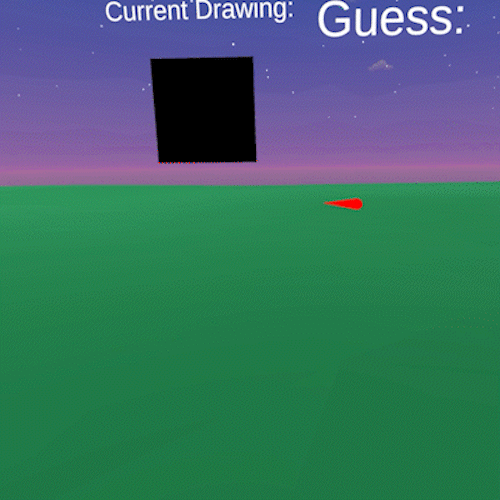top of page
Arcane Algebra
Arcane Algebra is a first-person VR game designed for students who are beginning to learn basic algebra.
Using their controller as a wand, players cast mathematical spells to defeat the group of angry goblins attacking the village.
Arcane Algebra uses Machine Learning inside of Unity to parse player's hand writing into numerical guesses.


In June 2023 I presented the project at a monthly meeting of the XR Initivative Group at UCLA, and
and currently reaching out to VR Educators to provide them with some builds of Arcane Algebra.
bottom of page
